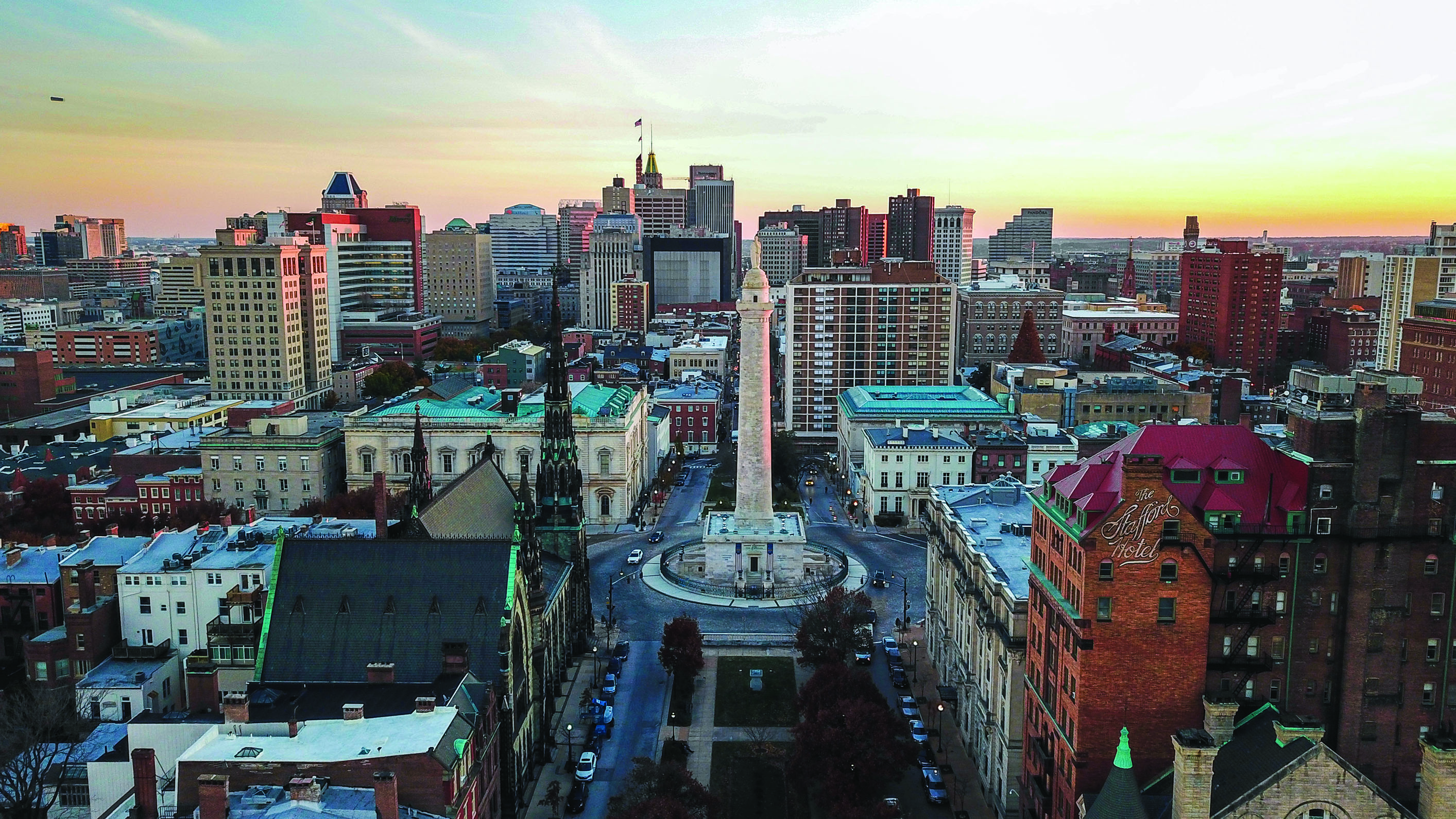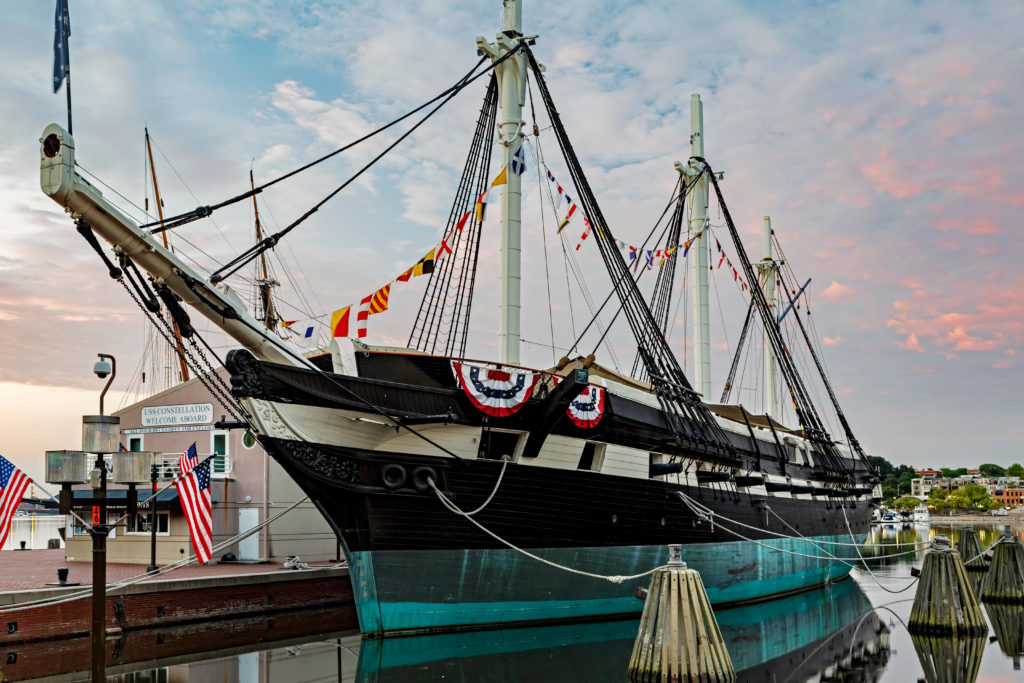Southern sympathizers attacked Union troops at Baltimore, Maryland, in April 1861—the war’s first blood drawn in action
The Baltimore & Ohio Railroad, which began operating in 1830, was the nation’s oldest rail line and had cemented Baltimore’s status as a major transportation hub. Its proximity to the nation’s capital meant it would be essential to Union war efforts. But Maryland was a slave state and many Baltimoreans were opposed to the war. Yet the city also was home to the country’s largest population of free Blacks, many white abolitionists, and Union supporters. The divided loyalties created a palpable tension that boiled over on April 19, 1861, when the 6th Regiment Massachusetts Militia, answering Abraham Lincoln’s call for volunteers, reached Baltimore on its way to Washington.
Because no direct rail connection linked President Street Station and Camden Station, rail cars that transferred between the two had to be pulled by horses along Pratt Street. The regiment’s colonel, Edward F. Jones, had received information that their passage through Baltimore “would be resisted.” And it was. A mob of antiwar supporters and Southern sympathizers attacked the train cars and blocked the route, forcing the troops to make the trek on foot, while they were further assaulted with bricks, stones, and pistols. In response, several soldiers fired their weapons into the crowd, igniting a giant brawl. Five soldiers and 12 civilians were killed during the riot, the first such casualties of the war.
The 6th Massachusetts Militia successfully reached Camden Station but left behind dozens of wounded and dead. According to Baltimore Mayor George W. Brown, the riot escalated the conflict to full-scale war, because “a step was taken which made compromise or retreat almost impossible…passions on both sides were aroused which could not be controlled.”
Visitors to Baltimore can follow Civil War Trails signs from President Street to Camden Station, which interpret the fateful events of that April 1861 day. The city itself is steeped in the history of this country’s upbringing, and related sites to explore include the birthplace of the “Star-Spangled Banner.” —Melissa A. Winn
[hr]
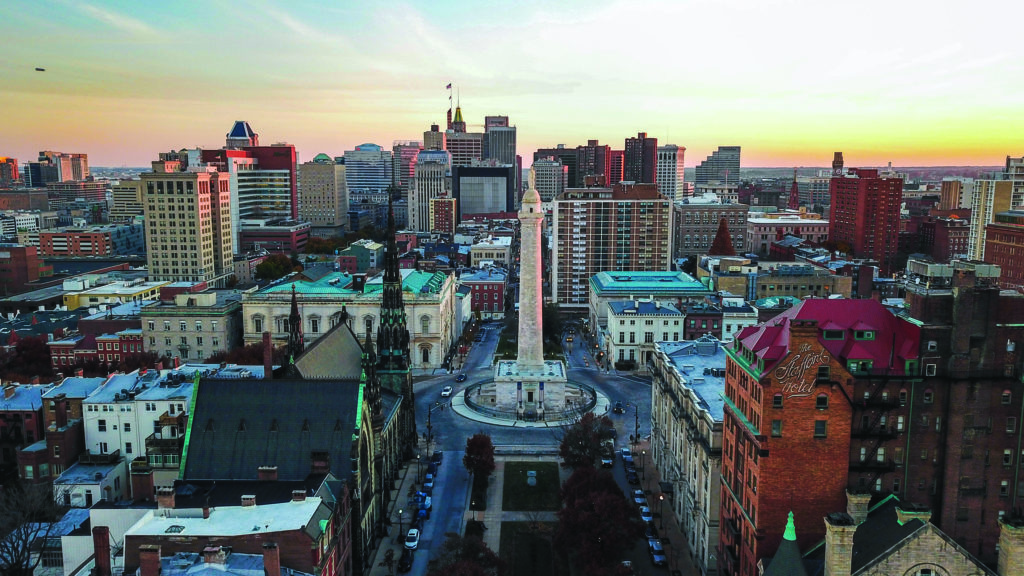
Washington Monument
Mount Vernon Square
On April 18, 1861, 700 of Baltimore’s Southern sympathizers gathered at historic Washington Monument, pictured here. Hearing that four companies of Pennsylvania state militia, accompanied by two Regular Army artillery units, were marching in formation along Pratt Street to Camden Station, the crowd headed that way. A police cordon had been thrown up along the route and the troops were unarmed, but some stones and bricks were hurled, and Nicholas Biddle, a free Black traveling with the Pennsylvania soldiers was injured. The Pennsylvanians’ safe passage through town frustrated the antiwar crowd and many returned the next day to confront members of the 6th Regiment Massachusetts Volunteer Militia. Interactive displays inside Washington Monument explore its history and significance, and visitors can climb to the top of the column for a small fee.
[hr]
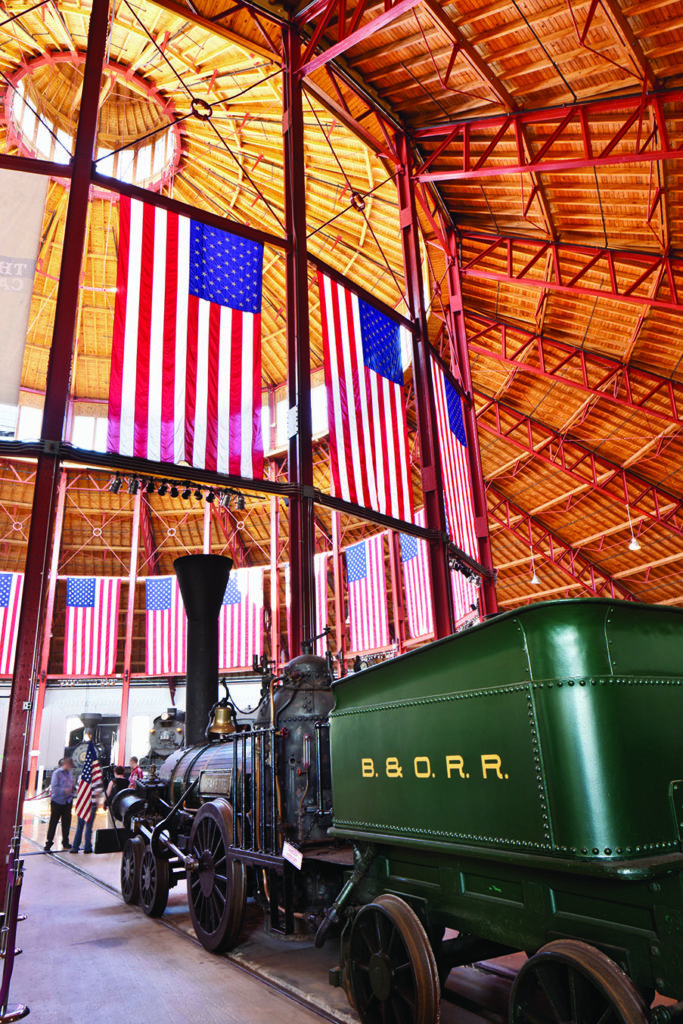
B&O Railroad Museum
901 W. Pratt St.
During the Civil War, Baltimore was the rail center of Maryland and the North’s gateway to the South. The 40-acre site upon which the Baltimore & Ohio Railroad Museum sits is considered the birthplace of American railroading, where Baltimore businessmen, surveyors, and engineers set about building the B&O Railroad in 1828, laying the first commercial long-distance track, building the first passenger station, and designing the country’s railroad system. The museum’s collection includes locomotives and rolling stock, historic buildings, and artifacts that document the impact of the B&O on the growth and development of early railroading and that cover the railroad industry in its entirety.
[hr]
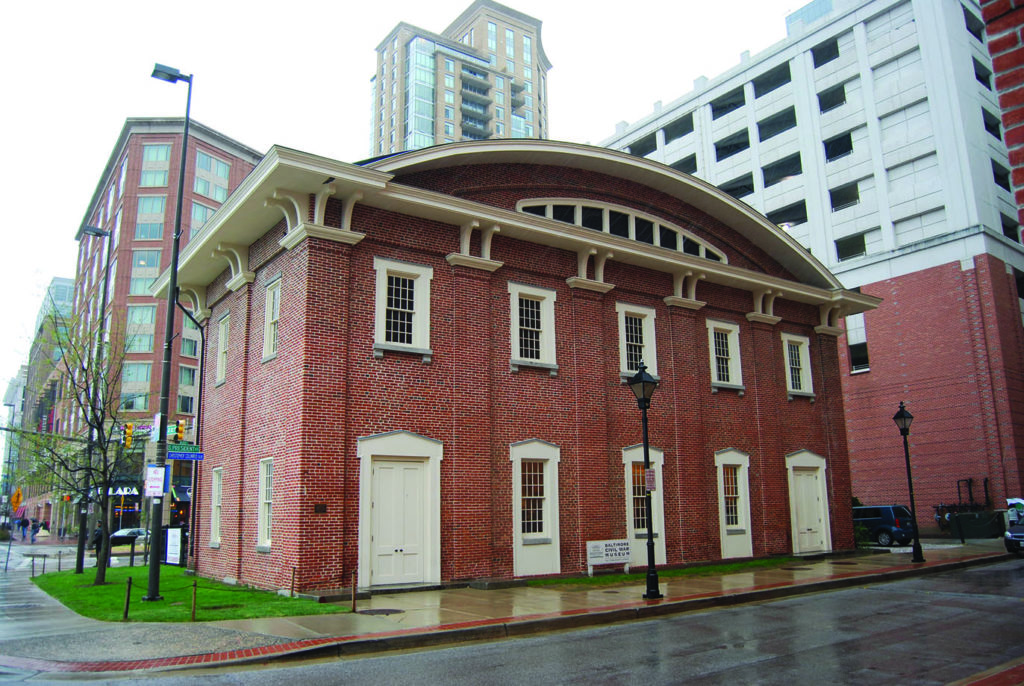
President Street Station
601 S. President St.
Completed in 1851, President Street Station served passengers traveling along the Philadelphia, Wilmington & Baltimore Railroad. In February 1861, Abraham Lincoln, wary of a possible assassination attempt, secretly passed through the station on the way to his inauguration in Washington, D.C. On April 19, 1861, the 6th Massachusetts Militia arrived here at 10 a.m. Because of the anti-Union demonstrations the day before, they were ordered to load their weapons, which proved to be a necessary measure as the day’s events unfurled. Today the station houses the Baltimore Civil War Museum, with exhibits exploring the city’s difficult tenure during the conflict.
[hr]
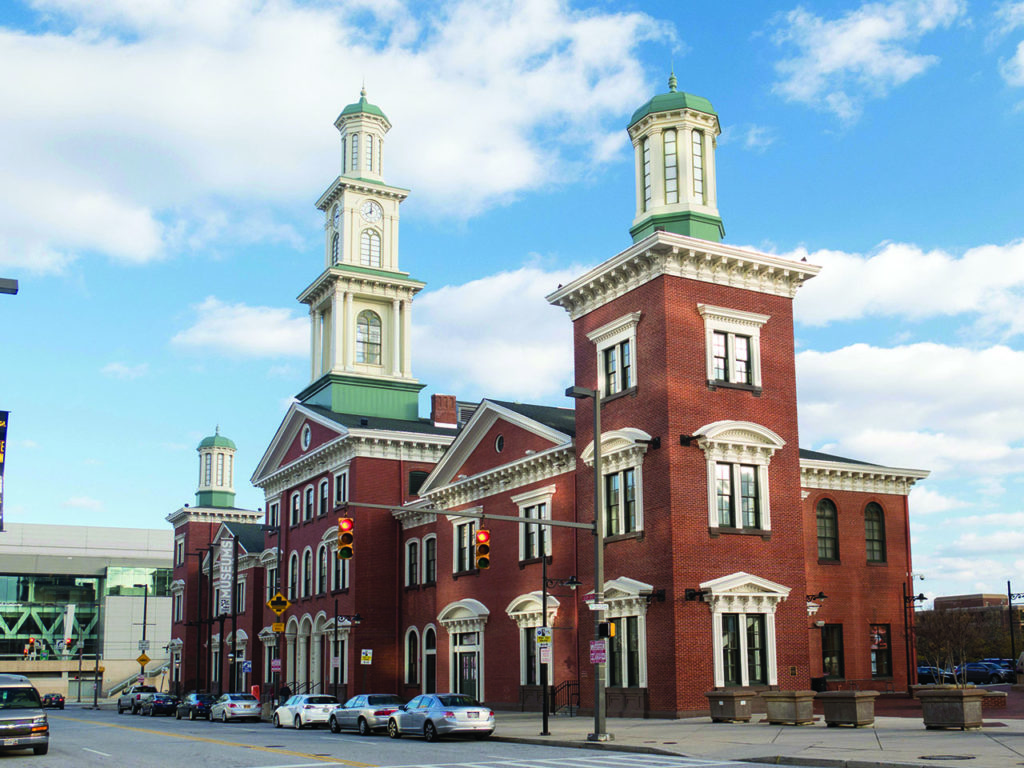
Camden Street Station
333 W. Camden St.
As the 6th Massachusetts troops reached Camden Station, the mob renewed its assault, incited by a man waving a secessionist banner. Soldiers aboard the waiting train opened fire to protect their comrades. Colonel Edward F. Jones ordered the cars’ window blinds drawn to discourage further attacks. A final shot came from the train as it departed at 1:30 p.m., killing wealthy merchant Robert W. Davis on the Spring Garden side of Camden Station.
[hr]
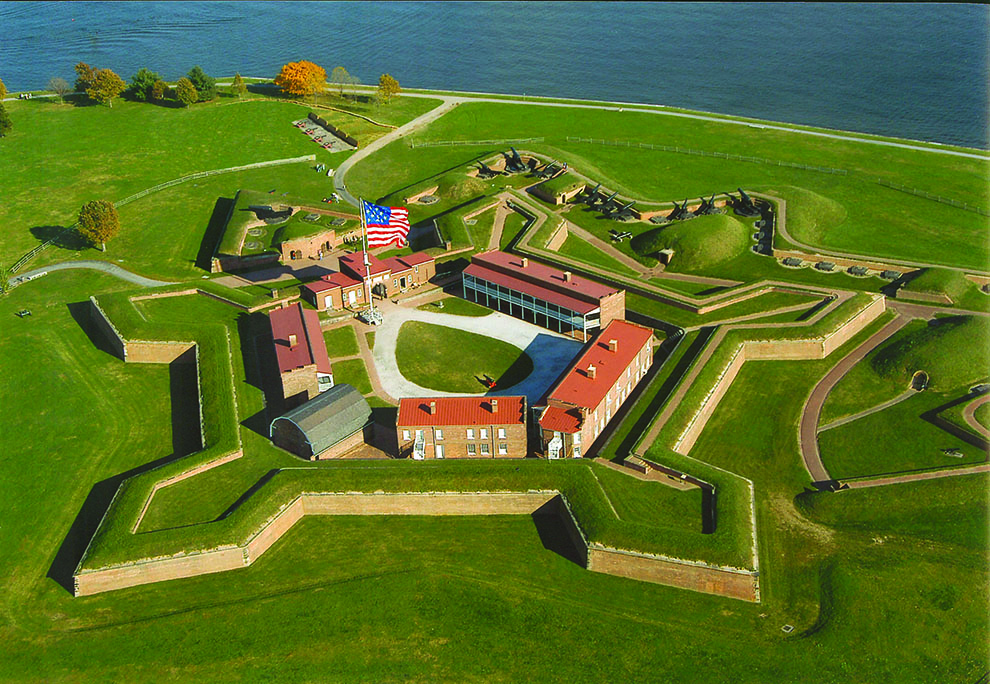
Fort McHenry
2400 E. Fort Ave.
After the Baltimore Riot, Fort McHenry became an important part of Union efforts to keep Maryland from seceding. In July 1861, General John A. Dix invited several prominent Baltimore women with known Southern sympathies to be entertained at the fort. During the event, he directed their attention to the large Columbiad cannon pointed in the direction of Monument Square in the city. Dix informed his guests, “[I]f there should be another uprising in Baltimore, I shall be compelled to try to put it down; and that gun is the first that I shall fire.” Future uprisings in the city were successfully deterred. The fort was used to hold dissidents after President Lincoln suspended the writ of habeas corpus and as a prisoner of war camp after the Battle of Antietam.
[hr]
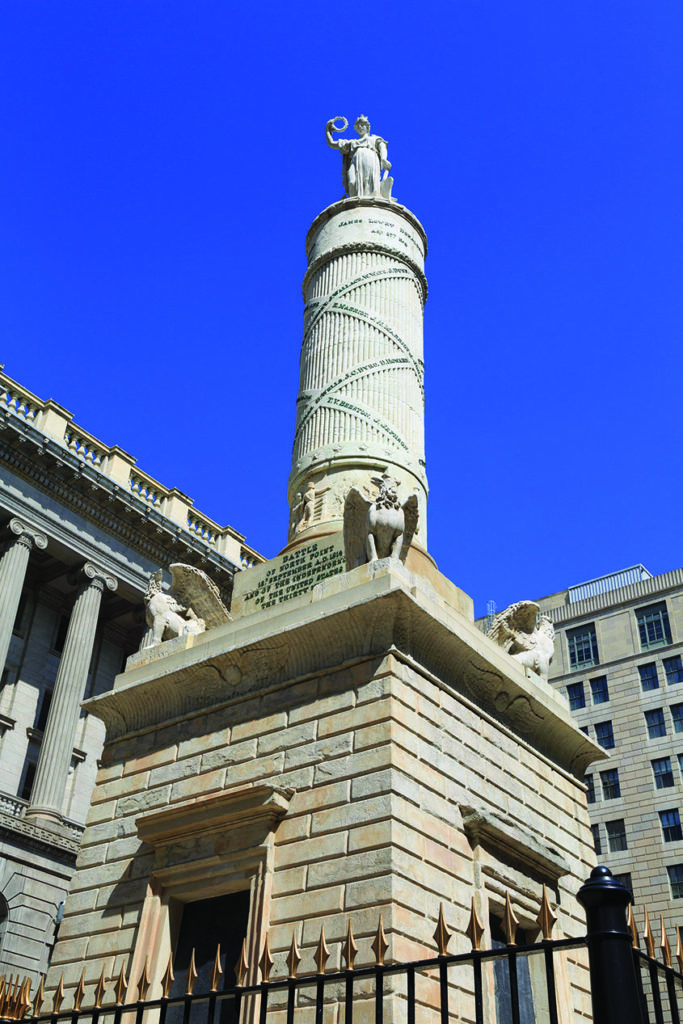
Battle Monument
Calvert Street between Fayette and
Lexington Streets
On the evening of April 19, Maryland Governor Thomas Holliday Hicks and Baltimore Mayor George W. Brown spoke here to the people of the city to try to calm them. The monument commemorates the Battle of Baltimore with the British fleet of the Royal Navy’s bombardment of Fort McHenry, the Battle of North Point, and the standoff on the Eastern siege fortifications, in what is now Patterson Park. It honors those who died in September 1814 during the War of 1812.
[hr]
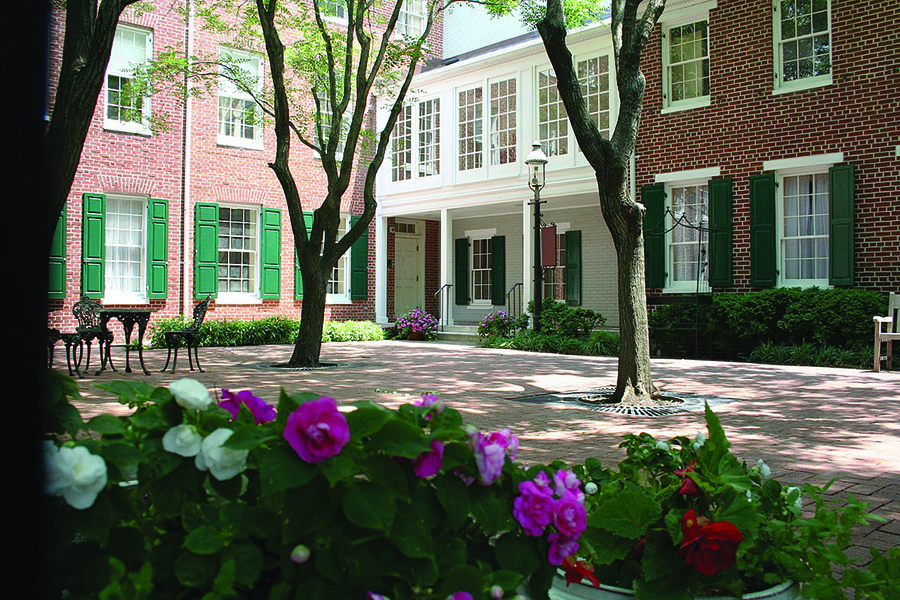
1840s Carrollton Inn
50 Albemarle St.
History lovers who visit Baltimore can stay at the 1840s Carrollton Inn, a boutique hotel comprised of a series of interconnected row homes, dating back to the early 19th century. Nearby, Little Italy is a dining destination just steps away from President Street Station.
[hr]
USS Constellation
301 E. Pratt St.
Built in 1854 at the Gosport Shipyard in Portsmouth, Va., USS Constellation was the flagship of the anti-slave trade African Squadron when the Civil War began in April 1861. The following month, Constellation made one of the first captures for the Union when it took the slaver Triton of Charleston, S.C. After briefly being recalled to American waters, Constellation was ordered to the Mediterranean, where it fulfilled a variety of missions, including protecting American commerce from Confederate raiders.
This feature appeared in the September 2021 issue of America’s Civil War Magazine. To subscribe, click here.

